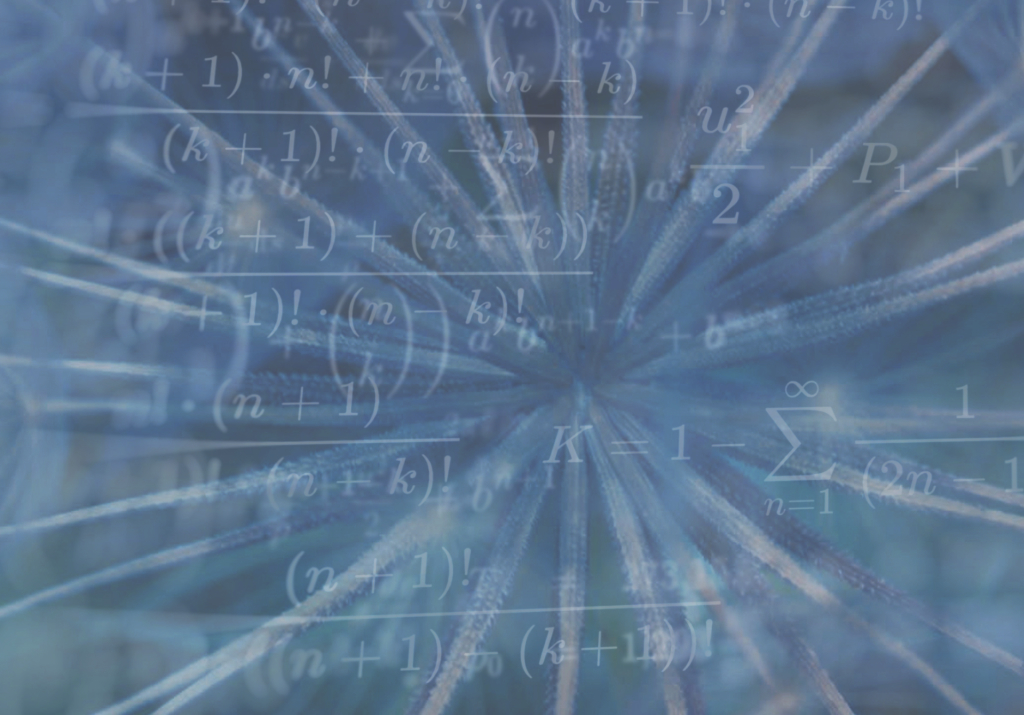Assembly Theory (AT) (original paper) is some new theoretical chemistry that tries to assess the relative complexity of the molecular underpinnings of life, even when the chemistry might be completely alien. For instance, if we send a probe to a Jovian moon and there are new microscopic creatures in the ocean, how will we figure that out? In AT, it is assumed that all living organisms require a certain complexity in order to function since that is a minimal requirement for life on Earth. The chemists experimentally confirmed that mass spectrometry is a fairly reliable way of differentiating the complexity of living things and their byproducts from other substances. Of course, they only have Earthly living things to test, but they had no false positives in their comparison set of samples, though some substances like beer tended to be unusually high in their spectral analysis. The theory is that when a mass spec ionizes a sample and routes it through a magnetic and electric field, the complexity of the original molecules is represented in the complexity of the spray of molecular masses recorded by the detectors.
But what is “complexity” exactly? There are a great number of candidates, as Seth Lloyd notes in this little round-up paper that I linked to previously. Complexity intuitively involves something like a trade-off between randomness and uniformity, but also reflects internal repetition with variety. There is a mathematical formalism that in full attribution is “Solomonoff-Chaitin-Kolmogorov Complexity”—but we can just call it algorithmic complexity (AC) for short—that has always been an idealized way to think about complexity: take the smallest algorithm (in terms of bits) that can produce a pattern and the length of the algorithm in bits is the complexity.… Read the rest


